While most running shoes on the market are appropriate for your race, there are a few things to keep in mind that can make a big difference.
Weight
1 of 8
Whether you're undertaking a sprint triathlon or an IRONMAN, weight is an important feature to keep in mind when picking out race shoes. Shorter distances can get away with a more minimalistic style—designed to handle quick changes in speed and to keep you light on your feet. However, an IRONMAN may require a heavier shoe with more support and protection for 26.2 miles of pavement pounding.
Find:
Your Next TriathlonBreathability
2 of 8
Despite your best intentions, your running shoes will likely be wet by the time you cross the finish line. All those wet sponges and ice you've put in your tri suit to cool off usually end up saturating your shoes. A good pair of triathlon shoes should be constructed with a breathable fabric—so even if your feet are wet, they won't feel heavy and soggy.
Find:
Your Next TriathlonDrawstring Lacing Systems
3 of 8
Speed is the name of the game when you enter T2, and there's no easier way to save a few seconds than using a drawstring-style lacing system. This can be a BOA closure system or simply replaceable elastic shoelaces. But not having to tie your shoes in T2 is a huge advantage.
Find:
Your Next TriathlonNeutral vs. Stability
4 of 8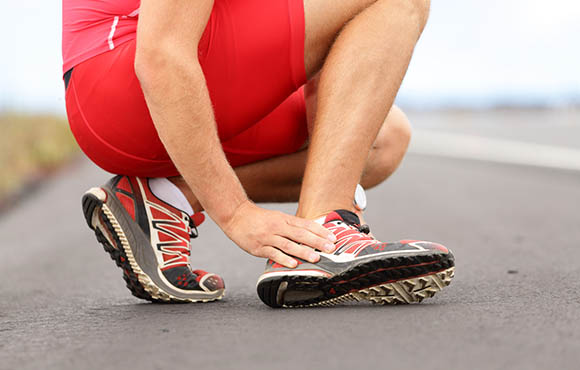
This idea is not specific to triathlon shoes—it's important in any type of racing or training. Some running shoes provide additional support for those of us who have ankles that roll inwards (pronation) or outwards (supination). Head to your local running shoe shop and have them perform an analysis on your gait to determine whether you need a neutral or stable shoe. Using the wrong style shoe can lead to knee pain or shin splints.
Find:
Your Next TriathlonTraction
5 of 8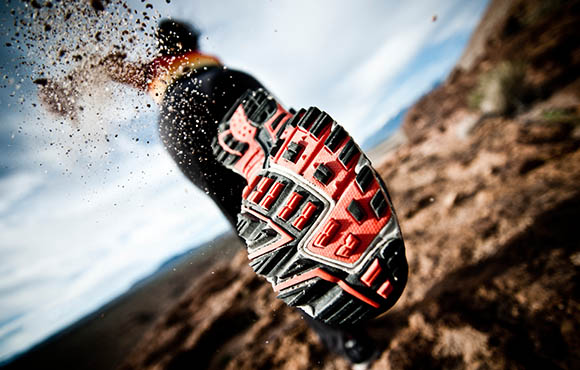
You'll need different tread patterns depending on whether you're tackling an off-road or traditional-style triathlon. Trail shoes have an aggressive, knobby-style tread pattern designed to increase traction and decrease slippage when running up or down hills. Road shoes have a lower profile tread pattern optimized for concrete or pavement running.
Find:
Your Next TriathlonMinimalist vs. Maximalist
6 of 8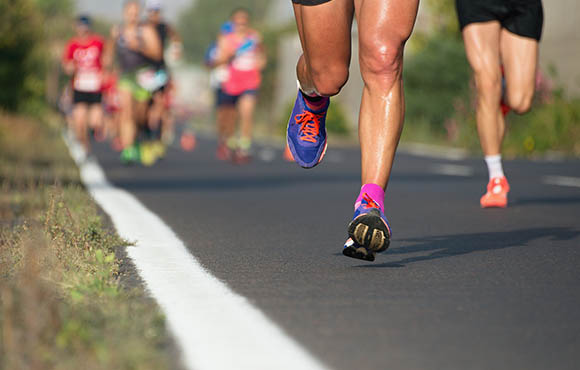
Both minimalist and maximalist shoes have seen their share of popularity over the past few years. Generally, minimalist shoes are better suited for tempo runs and shorter-distance races, whereas maximalist shoes are great protection during longer distances. Unless you have strong arches and ankles, minimalist shoes may increase your risk of injury (and take some getting used to), so a proper gait analysis is advised.
Find:
Your Next TriathlonOther Features
7 of 8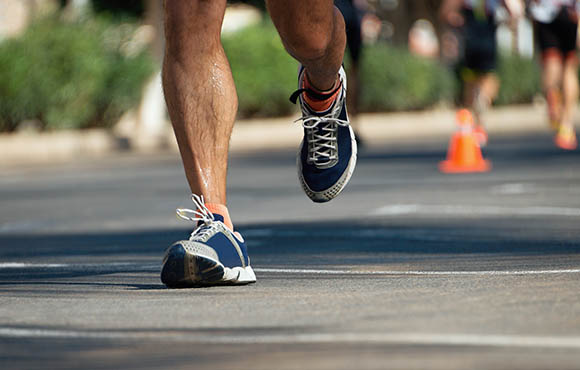
Some brands (like Zoot, Pearl Izumi and Asics) make shoes designed specifically for triathletes. These shoes have the aforementioned features, but also have additional features like a liner for sockless running and heel/tongue loops to help you put your shoes on faster in T2.





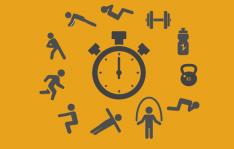

Discuss This Article